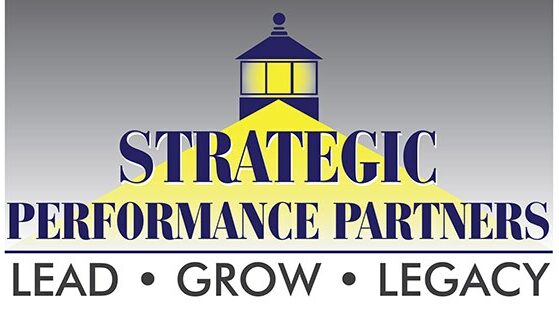How do you build a high performing team? How do entrepreneurs leverage the strengths of their teams? How do you engage your team members at a higher level? As fast as things are changing, how can a leader keep up? I believe coaching can provide you and your organization a learning edge.
I believe Dr. Deming would support coaching as a great way to train, develop, and engage your workforce. Here’s why I believe this. Dr. Deming would find coaching a positive alternative to many other forms of management and leadership development available today. He believed you can judge an organization by the results it achieved and its positive impact on our society. Good coaching helps develop stronger leaders in all aspects of that person’s life.
Dr. Deming believed that people learn best from doing, not reading in classroom. I believe he was an early proponent of blended learning. He believed good leaders where good teachers and provided the environment where their people could succeed. He believed even a small amount of time invested in a team member could deliver immediate impact. As leaders, we have invested billions of dollars in training and development across in North America. Still over 65% of our team members feel disconnected from their current roles in our organizations. As importantly, many of these same employees don’t feel any connection to their managers or coworkers.
Over 60% of employees would consider another job if an attractive opportunity came along. This could be disastrous for business as we know it. This must change if we hope to create a stronger, more vibrant economy that supports future generations. We must be willing to change how we lead if we hope to connect with our teams.
Dr. Deming might say with disengagement numbers this high we must dig deeper to find out why so many of our employees are disengaged. When large numbers of employees across many organizations and locations are disengaged, it’s a much deeper problem than just a bad corporate culture. He would want to identify the root cause by digging deeper to uncover the true source of employee dissatisfaction.
Deming believed we create the work environment we work in. He believed we could control our own fate as people and as organizations. He also believed that leaders were responsible for helping their teams excel. He created an extensive management system that helped organizations reach these shared goals.
Enter Marshall Goldsmith who shares in his new book, Triggers, what he believes to be the problem. Marshall is the world’s number one executive coach and has written over 30 books on the topic of leadership and management development. He came to a similar conclusion as I did. He believes that we must change how we develop our employees.
As Marshall Goldsmith shares in several of his books, lasting change is hard. His newest book Triggers provides a great system for people who want to change. As I said, he shares early in the book change is hard, and the person who needs to change also has to want to change if they hope to be successful. If the person doesn’t want to change, they won’t.
Goldsmith provides several tools to help you master the change process. I believe they work even better when you work your way through them with someone else. In this case, a coach. There are many ways to get coaching help even when you cannot afford a coach. I’ll share these with you in two weeks. It’s called Peer to Peer coaching and it is an amazing process. There’s a great article at Marshall’s website that you can look at before we talk about it. His website is full of great materials to help you become a stronger leader.
You might want to grab a copy of Triggers to get started so we’ll be at the same place when we talk about it. A spoiler alert here, Marshall thinks we must be willing to own our change if we hope to become more engaged at work. I couldn’t agree more.
Coaching can provide a great tool to help you regain your balance. It’s based on bringing out the best in who you are on your way to becoming a stronger you. Over the next several weeks I will share with you several coaching processes and tools that can help you get better results out of your team and bring back joy into your work. A big promise, but I certain we can do it.
Next week I introduce a new member to our team. She is going to change the way you see your organization and its possibilities. See you then.

